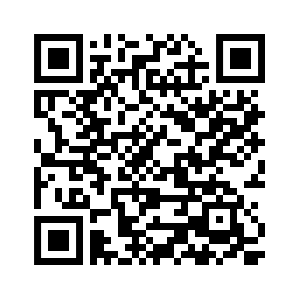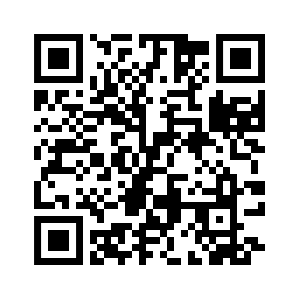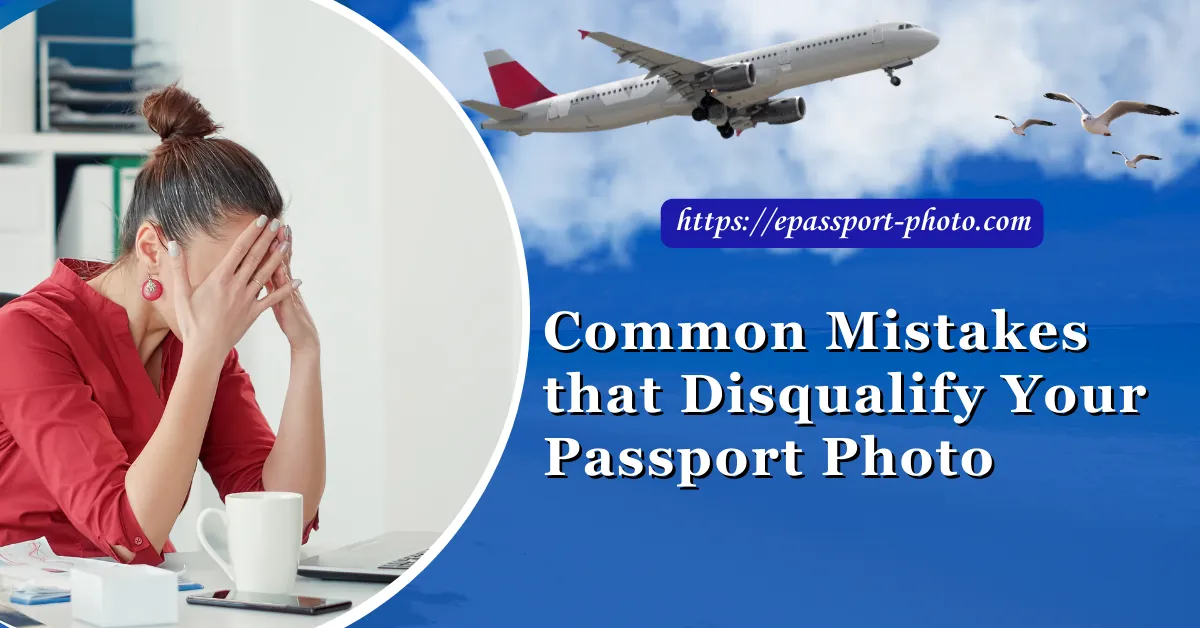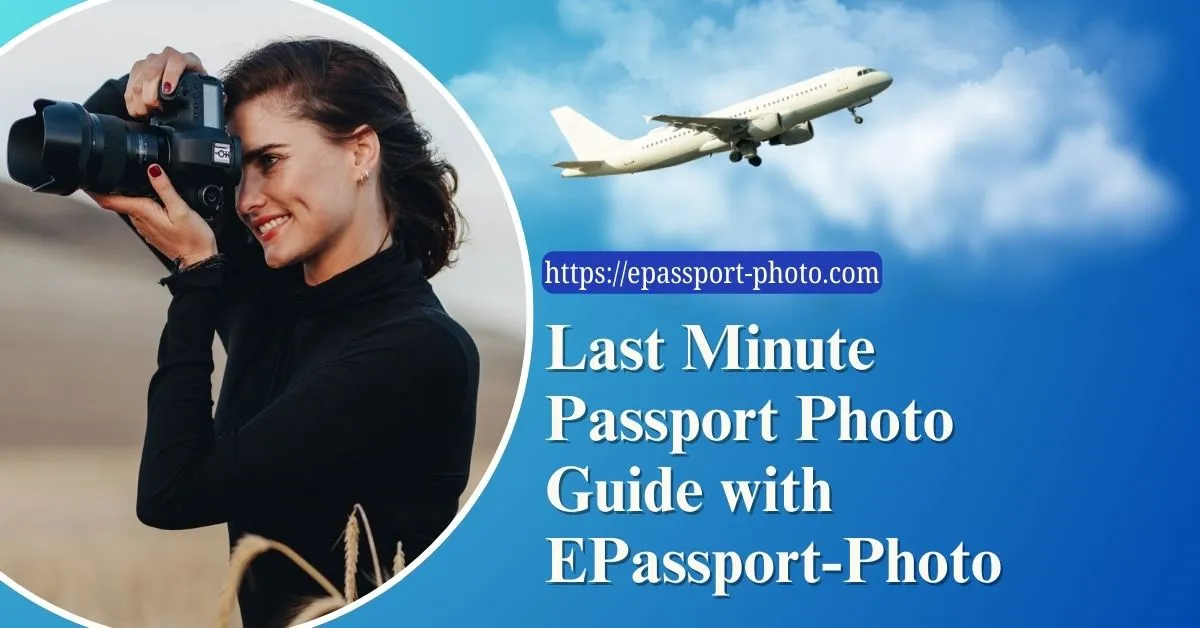A passport photo is a necessary document for every traveler. The last thing you want is to be denied entry into the country you are visiting if you forget your passport at the airport. Thankfully, there exist some measures you can take to ensure the acceptance of your passport photo. As we go over the 12 reasons that could result in the rejection of your photo passport, please keep reading to find out more.
Introduction
Embarking on an international journey requires more than just the thrill of adventure â it demands a valid passport, and at the heart of this essential document lies a seemingly straightforward yet crucial element: the passport photo.
Importance of a Valid Passport Photo
Your passport photo is not just a snapshot; it's a critical component of your identification. As the visual key to your personal information, it serves as a gateway to the world. Ensuring its compliance with stringent guidelines is paramount, as any misstep could lead to your passport application being rejected.
Common Consequences of Disqualified Passport Photos
Picture this: an eagerly anticipated trip, plans laid out, and bags packed â only to face the disheartening consequence of a rejected passport application due to photo discrepancies. Beyond the immediate disappointment, such setbacks can result in delayed travel plans, additional expenses, and the frustration of having to rectify the errors. Understanding the repercussions of disqualified passport photos underscores the importance of investing time and attention in capturing the perfect photo that aligns seamlessly with official requirements.
Understanding Passport Photo Requirements
The path to a successful passport application begins with a comprehensive understanding of the specific requirements governing passport photos. From dimensions to facial expressions, and even the nuances of appropriate attire, adherence to these stipulations ensures that your photo is not a stumbling block but a stepping stone toward hassle-free travel documentation.
12 Passport Photo Mistakes to Avoid for a Hassle-Free Application
Mistake #1: Insufficient Lighting and Shadows
Importance of Adequate Lighting for Passport Photos
The role of lighting in passport photography cannot be overstated. Proper illumination ensures that facial features are visible, aiding identification processes. Inadequate lighting can obscure details, leading to a subpar photo that may not meet the stringent standards set by passport authorities. Understanding the significance of lighting is the first step towards steering clear of this common mistake.
Avoiding Shadows and Glare on the Face
Shadows and glare can cast an unwelcome veil over your features, detracting from the clarity required for passport photos. To sidestep this pitfall, position yourself in a well-lit environment that minimizes shadows on your face. Avoid harsh overhead lighting or direct sunlight, as these can create unflattering shadows or cause glare. Opt for diffused, natural lighting or strategically placed artificial lights to achieve an even illumination that accentuates your facial features without unwanted shadows.
Guidelines for Natural and Artificial Lighting
Navigating the balance between natural and artificial lighting is an art in passport photography. When opting for natural light, choose a location with ample but soft sunlight, such as near a large window. For artificial lighting, position light sources to evenly illuminate your face, minimizing shadows and ensuring a well-exposed photo. Understanding the nuances of lighting sources and their impact on your passport photo is instrumental in steering clear of this common mistake.
Mistake #2: Inappropriate Background Selection
Ideal Background Color and Texture
Passport photo regulations specify that the background should be uniform, and free from patterns or textures. Opt for a solid, light-colored backdrop, such as white or off-white, to ensure a stark contrast with your features. This not only complies with official requirements but also contributes to a clean, professional aesthetic that enhances the overall quality of your passport photo.
Steer Clear of Busy and Distracting Background
A common mistake is choosing a background that competes for attention, diverting the focus from the subject â you. Busy patterns, vibrant colors, or intricate textures can detract from the clarity required for identification purposes. By selecting a simple, unobtrusive background, you ensure that your face takes center stage, aligning with the guidelines set by passport authorities and minimizing the risk of application rejection.
Ensuring Contrast between Subject and Background
Creating a distinct contrast between your face and the background is crucial for a standout passport photo. This not only aids in facial recognition technology but also ensures a visually appealing result. Dark clothing against a light background or vice versa can contribute to this desired contrast, enhancing the overall quality of your photo and reducing the likelihood of encountering issues during the application process.
Mistake #3: Inappropriate Use of Flash or Filters
Negative Impact of Flash Reflections
Flash, when used inappropriately, can cast reflections on eyeglasses or create unwanted glare on the face. To sidestep this common pitfall, position yourself in a well-lit area that minimizes the need for direct flash. If unavoidable, have the flash positioned at an angle to reduce reflections, ensuring that your eyes are visible without any distracting glare.
Avoiding Overexposure or Harsh Lighting Effects
Overexposure can wash out facial features, making identification challenging and potentially leading to the disqualification of your passport photo. Striking the right balance between ambient and artificial lighting is crucial. Ensure that the flash or additional lighting used is subtle, providing just enough illumination to highlight your features without causing harsh shadows or overexposure. The goal is to achieve a well-exposed photo that aligns with the specifications outlined by passport authorities.
No Filters or Photoshop Manipulations Allowed
In the digital age, the temptation to apply filters or use Photoshop to enhance one's appearance is ever-present. However, passport photo regulations explicitly prohibit such manipulations. Filters, retouching, or any alterations to the original image are strictly off-limits. Presenting an unaltered and natural representation ensures the authenticity of your passport photo, meeting the stringent requirements set by authorities.
Mistake #4: Incorrect Face Positioning and Angles
Centering the Face within the Frame
A fundamental guideline for passport photos is the centered positioning of your face within the frame. Avoid the common mistake of off-center compositions, ensuring that your face is the focal point. This not only complies with official requirements but also contributes to a balanced and professional appearance, setting the stage for a successful application.
Right Angle for a Neutral Head Position
Maintaining a neutral head position is key to a passport-worthy photo. Ensure that your head is straight and not tilted in any direction. Passport authorities require a clear, forward-facing view of your face, free from any obstructions. Strive for a natural and neutral expression, as this allows for accurate facial recognition and contributes to the overall professionalism of your passport photo.
Avoiding Head Tilts, Angles, or Eccentric Poses
Resist the temptation to experiment with head tilts, angles, or eccentric poses. Passport photos demand a straightforward and standardized presentation to facilitate efficient identification processes. Any deviation from the prescribed guidelines may lead to application complications. Stick to a conventional head-and-shoulders composition, ensuring that your face is fully visible and devoid of any distracting elements.
Mistake #5: Failure to Maintain a Neutral Facial Expression
Understanding the Importance of a Neutral Expression
A neutral facial expression is paramount for passport photos as it allows for accurate facial recognition and ensures consistency in identification. Authorities require a clear, unobstructed view of your face, devoid of any emotional cues. Recognizing the significance of maintaining a neutral demeanor is the first step in avoiding this common mistake.
Guidelines for Avoiding Smiling, Frowning, or Grimacing
While a warm smile might be your go-to expression for photographs, it has no place in a passport photo. Passport authorities mandate a neutral, unsmiling expression to facilitate efficient and accurate identification. Similarly, frowning or grimacing expressions can introduce unnecessary complications. Adhering to these guidelines ensures that your passport photo aligns with official requirements, minimizing the risk of rejection.
Expressions and Eyewear Restrictions
Eyewear, particularly items like sunglasses or heavily tinted glasses, can obscure your eyes and facial features, leading to identification challenges. Passport photo regulations typically require that your eyes be fully visible and free from any obstructions. Ensure that you remove eyewear and maintain an unadorned facial appearance to meet these criteria and avoid common mistakes associated with facial expressions.
Mistake #6: Improper Head Coverings or Accessories
Religious Headgear Guidelines
For individuals who wear religious headgear, such as turbans, hijabs, or kippahs, it's crucial to be aware of and comply with the specific guidelines outlined by passport authorities. Many countries provide accommodations for religious head coverings, but they must not obscure any part of your face. Understanding the nuances of these guidelines ensures that your passport photo respects your religious practices while meeting the required standards.
Avoiding Hats, Scarves, or Large Hair Accessories
Non-religious head coverings like hats, scarves, or large hair accessories are generally not permitted in passport photos. These items can cast shadows, obscure facial features, or create an unprofessional appearance. To avoid this common mistake, refrain from wearing any headgear other than what is stipulated in religious headgear guidelines.
Facial Piercings and Other Jewelry Restrictions
Passport photos demand a clean and unadorned facial appearance. Excessive facial piercings or large jewelry items can detract from the clarity required for identification. Many authorities recommend removing facial piercings for the photo to ensure a clear view of your face. Understanding these restrictions and opting for a minimalistic approach to jewelry helps prevent complications during the application process.
Mistake #7: Incorrect Photo Size or Cropping
Understanding the Required Passport Photo Dimensions
Passport authorities universally define specific dimensions for passport photos. For example, the US Passport photo dimension is 2 inches by 2 inches. These dimensions ensure consistency and ease of processing. Familiarize yourself with the prescribed measurements, typically expressed in inches or millimeters, to guarantee that your photo meets the required standards.
Avoiding Excessive Cropping or Enlargement
Proper framing is crucial for passport photos. Avoid the temptation to crop too closely or enlarge the image beyond the specified dimensions. Excessive cropping can lead to the omission of critical facial features, while enlargement may result in pixelation. Maintain the original composition to ensure a clear and recognizable representation, steering clear of common mistakes associated with improper cropping or scaling.
Pixelation and Resolution Guidelines
Submitting a passport photo with inadequate resolution can lead to pixelation, diminishing the clarity required for identification. For instance, US Passport Photo resolution is 300 pixels per inch. Follow the recommended pixel dimensions and resolution guidelines provided by passport authorities. A high-resolution photo ensures that your facial features are sharply defined and recognizable, contributing to a seamless application process.
Mistake #8: Blurry or Low-Quality Images
Using a High-Resolution Camera or Mobile Device
Investing in a high-resolution camera or utilizing the capabilities of modern mobile devices can significantly impact the quality of your passport photo. Higher resolution ensures that facial details are captured with precision, contributing to a clear and recognizable representation. Before capturing your photo, verify that your device meets the recommended resolution standards set by passport authorities.
Steady Hand and Focus for Sharp Images
Avoid the common mistake of capturing blurry images by maintaining a steady hand and ensuring proper focus. A blurry photo can compromise facial recognition and lead to complications during the application process. Use a tripod or a stable surface to steady your device and focus on achieving a sharp and clear image that adheres to passport photo standards.
Double-Checking Photo Clarity and Details
Before finalizing your passport photo, perform a thorough review to double-check clarity and details. Ensure that your facial features are well-defined, and there are no unintentional blurs or distortions. Take the time to zoom in on the photo to verify that it meets the required standards. This simple yet crucial step can help you avoid the common mistake of submitting a low-quality image.
Mistake #9: Incorrect Photo Paper or Printing Issues
Using the Recommended Photo Paper Type
Selecting the appropriate photo paper type is a crucial step in the printing process. Passport authorities often specify the type of paper that should be used. Opt for a high-quality, matte-finish photo paper that adheres to the recommended standards. This choice not only enhances the visual appeal of your passport photo but also ensures durability and longevity.
Avoiding Smudges, Creases, or Discoloration
A pristine passport photo reflects attention to detail, and printing issues such as smudges, creases, or discoloration can undermine the overall quality. Handle the printed photos with care to prevent smudges or creases. Ensure that the printer is well-maintained and uses quality ink to avoid discoloration. A flawless print contributes to a professional and polished appearance, aligning with the standards set by passport authorities.
Guidelines for Printer Quality and Color Accuracy
The quality of the printer used plays a pivotal role in the outcome of your passport photo. Choose a printer that offers high resolution and color accuracy to faithfully reproduce your image. Pay attention to details such as skin tones and background color to ensure that the printed photo aligns with the specifications outlined by passport authorities.
Mistake #10: Insufficient Contrast or Color Balance
Ensuring Proper Exposure of Facial Features
A common mistake is insufficient contrast, which can lead to facial features blending into the background. Adequate exposure ensures that your face stands out distinctly, aiding facial recognition processes. When capturing or editing your photo, pay attention to the contrast levels to guarantee that your facial details are visible without compromising the overall quality of the image.
Balancing Skin Tones and Background Colors
Harmonizing skin tones with background colors is vital for a visually cohesive passport photo. Avoid color imbalances that can distort the natural appearance of your skin. Select a background color that complements your skin tones without creating visual distractions. A well-balanced color palette contributes to a professional and aesthetically pleasing passport photo.
 Guidelines for Black and White Passport Photos
While black and white passport photos can exude a timeless quality, ensuring proper contrast remains crucial. Avoid the common mistake of submitting a monochromatic photo with insufficient tonal variation. Pay attention to the shades of gray to maintain clarity and detail, creating a black and white passport photo that meets the same standards as its color counterpart. Also, keep in mind US Passport Photo is in color not in black and white.
Mistake #11: Inappropriate Clothing and Appearance
Dress Code for Passport Photos
Adhering to the dress code outlined by passport authorities is fundamental to ensuring your photo meets the required standards. Generally, it is recommended to wear clothing that contrasts with the background and is devoid of busy patterns or logos. Opt for solid-colored, neutral attire that adheres to the guidelines set for a professional and clear representation.
Avoiding Uniforms, Hoods, or Excessive Makeup
Common mistakes in attire include wearing uniforms, hooded garments, or excessive makeup. Uniforms can create confusion about your civilian identity, while hoods can cast shadows on your face. Additionally, excessive makeup may alter your natural appearance and lead to identification challenges. Stick to natural, everyday attire and minimal makeup to present an authentic and recognizable image.
Guidelines for Glasses and Eye Visibility
If you wear glasses, be mindful of their impact on your passport photo. Avoid glasses with heavy frames or tinted lenses that can obscure your eyes. The general guideline is that your eyes should be fully visible, and free from any obstruction. Consider removing your glasses or choosing a pair with thin frames to ensure clarity and compliance with passport photo regulations.
Mistake #12: Over Editing or Digital Alterations
No Digital Retouching or Enhancements Allowed
Passport photo regulations unequivocally state that digital retouching, enhancements, or alterations are not permitted. This includes but is not limited to smoothing skin, removing blemishes, or altering facial features. Any attempt to digitally enhance or manipulate the photo may lead to disqualification and rejection of the application. Adhering to the principle of presenting an unaltered, authentic representation is essential.
Understanding Acceptable Corrections or Adjustments
While stringent in its stance against over-editing, passport authorities do allow for necessary corrections or adjustments. These may include adjustments to brightness, contrast, or color balance to ensure the photo meets the required standards. However, it's crucial to recognize the fine line between acceptable corrections and alterations that could jeopardize the authenticity of the image.
Recognizing the Fine Line between Editing and Disqualification
Navigating the fine line between acceptable edits and disqualifying alterations requires a discerning eye. It's essential to exercise restraint in post-processing, focusing on corrections that enhance overall photo quality without compromising the natural appearance of the subject. Recognizing this balance is key to avoiding the common mistake of over-editing, which could result in application complications.
What Happens If Your Passport Photo Gets Rejected?
Rejection is the last thing you can think to happen when you submit a passport photo. You might be surprised to know that lots of people are frequently impacted by a passport photo rejection. Authorities notify the passport application in writing if they find a picture that is not compliant, explaining why the picture is not acceptable and requiring them to submit a new one.
Fortunately, you can still obtain a passport even if your passport photo is denied provided you take the following actions:
Examine the official letter to determine why the passport photo that was turned down was insufficient quality for processing biometric data. With this understanding, you can steer clear of repeating your previous mistakes.
Get a new passport photo and make sure it satisfies all requirements for U.S. passport photos. Every time a passport photo fails to meet one of the conditions, it is rejected. Therefore, even though the reason for the previous rejection of your passport photo might have been blurring, the reason for the next rejection could be improper sizing. Make sure you don't make any more mistakes in the subsequent image as you correct the one in the first.
You have ninety days to mail the passport office an updated photo. Your passport application will expire if you don't submit a compatible photo by the deadline. In that case, you'll need to start over.
Conclusion
Before taking your picture, be sure you have complied with all passport photo criteria. Being cautious is more important than being sorry! We want nothing more than for our users to have a wonderful experience when they visit our website, therefore our team is always ready to answer any queries. Do not hesitate to contact us at this time!
FAQs
Can I take my passport photo at home?
Yes, you can take your passport photo at home, but it's crucial to follow the specific guidelines outlined by passport authorities. Ensure proper lighting, a neutral background, and adherence to all requirements, such as photo dimensions and facial positioning. Utilizing a high-resolution camera or mobile device can contribute to a professional and acceptable passport photo.
Can I smile in my passport photo?
No, most passport authorities require a neutral facial expression. Smiling, frowning, or making any facial expressions beyond a neutral demeanor are generally not allowed. Maintaining a neutral expression ensures accurate facial recognition and adherence to passport photo standards.
Can I wear eyeglasses or contact lenses in my passport photo?
While guidelines may vary, it is generally recommended to avoid wearing eyeglasses with heavy frames or tinted lenses that can obscure your eyes. If you wear glasses regularly, choose a pair with thin frames, and ensure that your eyes are fully visible. Contact lenses are usually acceptable, but it's essential to verify specific requirements based on your country's regulations.
Can I submit a photo taken in a photo booth?
Yes, photos taken in a photo booth are generally acceptable, provided they meet all the required standards. Ensure that the photo booth produces images with proper dimensions, lighting, and facial positioning. Additionally, follow all guidelines related to clothing, expression, and background to avoid common mistakes that could lead to disqualification.
What happens if my passport photo is disqualified?
If your passport photo is disqualified, your passport application may be rejected. Common reasons for disqualification include incorrect dimensions, improper facial expression, or other deviations from official guidelines. In such cases, you may need to submit a new and compliant passport photo to proceed with your application. Always review the specific requirements provided by the passport authorities to avoid complications.
How should infants be photographed for their passport photo?
Make sure no one else is in the photo when you take a passport photo of your baby or toddler. Place your baby on a sizable, comfortable cushion with a simple, light-colored backdrop. Make sure that your baby's face is shadow-free, especially if you are taking a picture of him or her from above.







